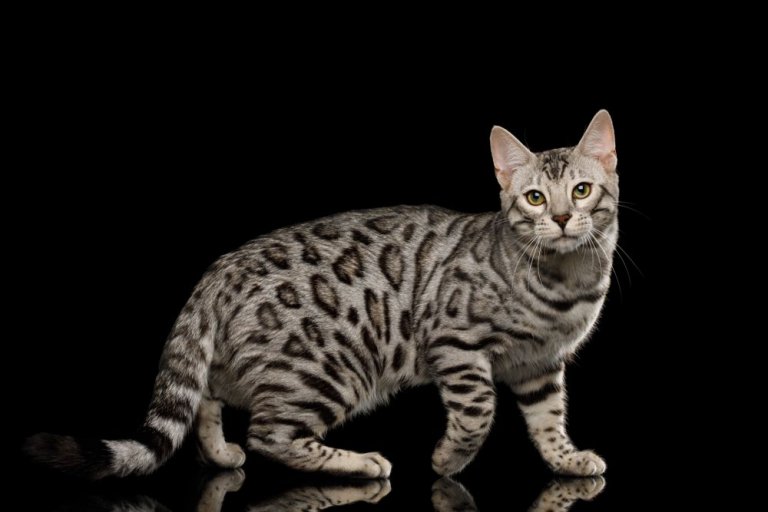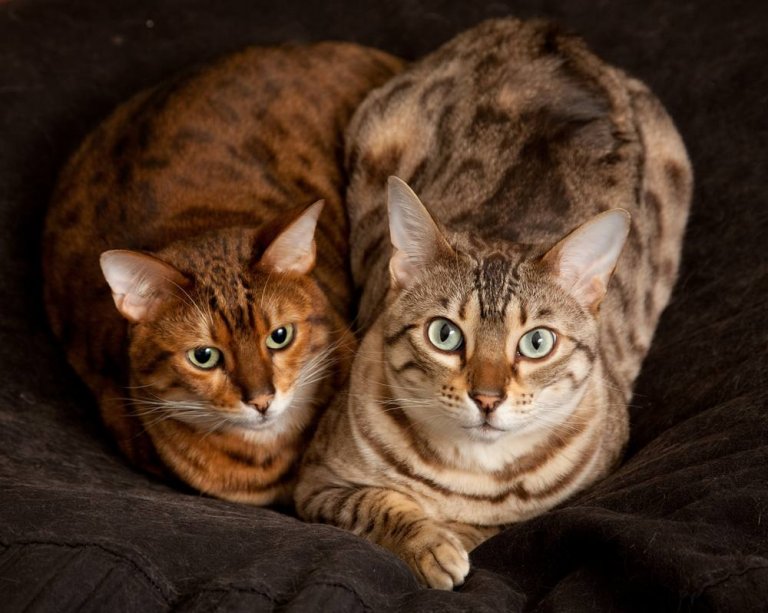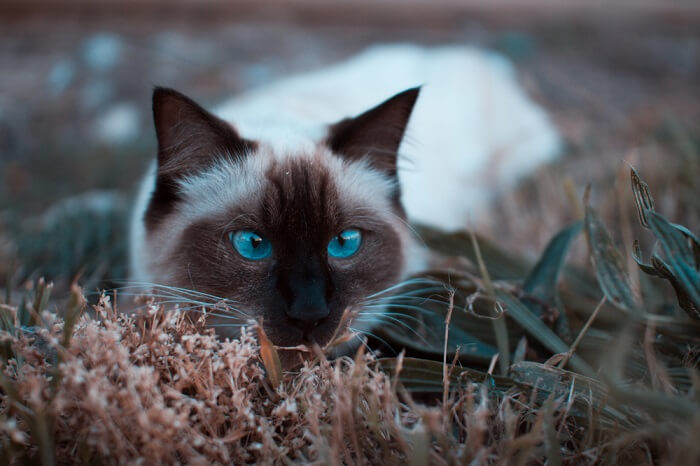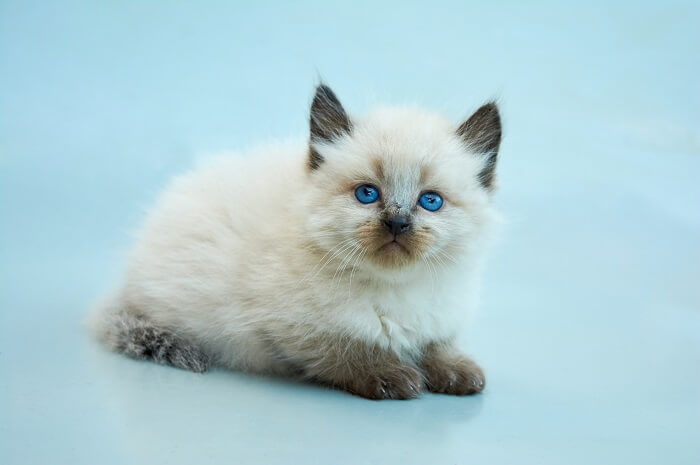

Bengal Leopard Cat. She is full of “feline” qualities: her temperament is unpredictable and she loves her independence. Her coat is short and clean, so she doesn’t give us much trouble when it comes to grooming, which is a great relief and allows us to spend more time with her.
Although one might assume that she needs frequent bathing due to her unique appearance, in reality, excessive bathing is not recommended for the Bengal Leopard Cat. This is because of the protective oils that are naturally secreted in her fur, and washing too often can disturb the protective barrier of this coat. So remember, one bath per month is enough.
The Bengal Leopard Cat is as straightforward as a true peace fighter. Despite her leopard heritage, she is actually much more docile. She is happy to be around humans and adapts well to the family environment. Owners of Bengal Leopard cats can take her to play with their children, or feel comfortable letting her play with dogs and other breeds of cats. She will not be ostracized and is a true fighter for peace.
The Bengal Leopard Cat is athletic and energetic. It would be a good idea to have some sort of cat climbing frame where she is kept to give her plenty of exercise. If you are a sports enthusiast and lack a regular sports partner, then the Bengal Leopard Cat will be your best choice. Even if you are not good at sports, with her company, you will be infected with her enthusiasm for sports! We hope you will have a great time together.


